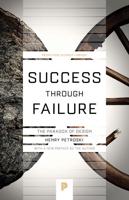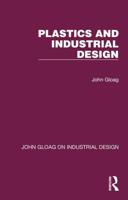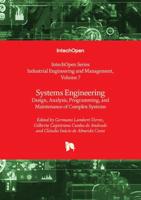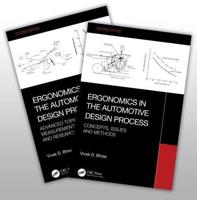Publisher's Synopsis
Designed as a supplement to the unparalleled and traditional engineering textbooks written by "the maestro" Prof. Giovannozzi, this review of the notes and lessons crucial to Machine Construction courses and Industrial Engineering students allows for the utmost comprehension of the subject matter at a decrease in study time, an important contribution given the requirements of the new teaching regulations. This long-sought collection of notes helps students get the most out of the texts, supporting them above all in those areas where, by experience, they have the most difficulty.
Beginning with current training needs, Mechanical Design reinforces the fundamentals of the design of mechanical components. It employs an analytical approach to the subjects based on algorithms from traditional calculus without extensive reference to more current methodologies. This gives students of the ability to use simple models and calculations that are reliably effective and helpful at times when more complicated algorithms or well-known commercial programs need to be used.
Emphasizing logical and analytical thinking, students start by analyzing the physical problem with the most appropriate schematic and end with a constructional definition of the component in need of planning. Typical Machine Construction course subjects/modules occupy the greater part of this book (mechanical system component planning), but two preliminary sections enhance its appeal: the methodological set-up of the project (traditional or more recent developments), and the project criteria that take into account environmental concerns. To comply with the requirements of the new teaching regulations, the principal materials tests and simple stress states are outlined prior to the study of fatigue, which refers to fine-tuning methods developed at Catania's Faculty of Engineering. Two useful appendices group tables of the general properties of metallic materials, and there are various applications whose theoretical methods and tools are applied to the planning of real mechanical systems.










